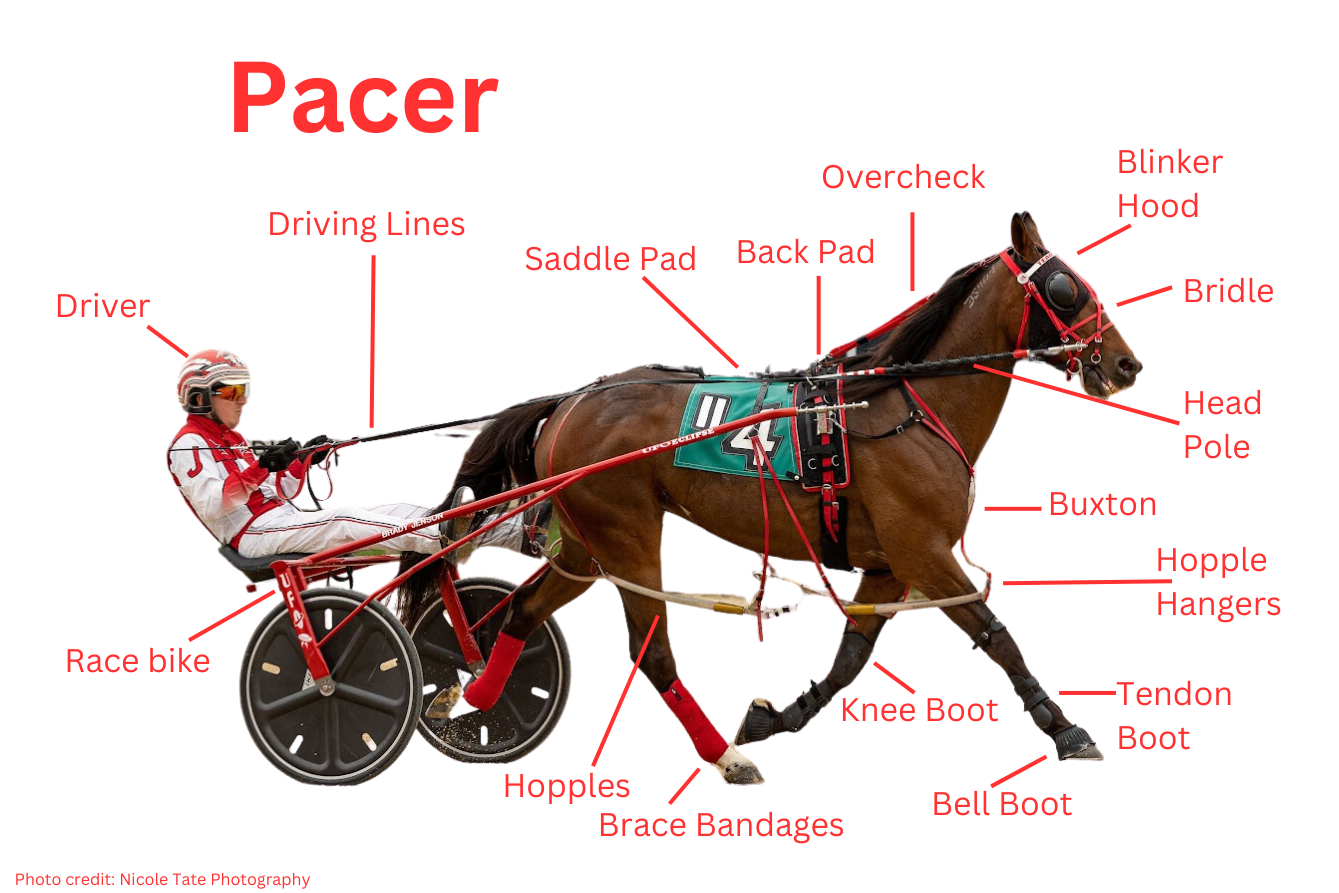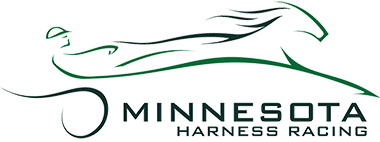HARNESS RACING BASICS
THE EARLY DAYS
The origins of the Standardbred breed can be traced back to a Thoroughbred named Messenger, brought to America in 1788. Virtually every North American Standardbred can trace their lineage back to Messenger’s great grandson, Hambletonian 10.
In 1879, The National Association of Trotting Horse Breeders determined a horse had to be able to trot a mile in under 2 minutes and 30 seconds, thus setting the “standard,” which eventually led to the term Standardbred.
TRAITS
Standardbreds are characteristically people-oriented and easy-to-train. They tend to be more muscled, longer bodied than thoroughbreds and typically weigh between 800 and 1,000 pounds. They are most often bay, brown or black although you can find them in other colors such as chestnut and gray.
THE GAIT
Unlike thoroughbreds, Standardbreds do not “run”; they maintain a gait. There are two gaits: pace and trot. The term “run” in harness racing refers to a horse going off stride also known as “breaking.” You never want to say run in harness racing for this reason.
A trotter moves its legs diagonally, right front and left hind, then left front and right hind. A pacer moves its legs laterally, right front and right hind, then left front and left hind. Standardbreds race in the same gait their whole career, with few exceptions.
RACING
Harness racing first took place on dirt roads, then county fairs and in the mid-1800s, the first harness tracks were opened. Today, harness racing still takes place at county fairs and pari-mutuel tracks all over the country.
While track size, composition of the track surface and locale may vary, nearly all horses compete in 1-mile races. And over 100 years later, horses still must meet a “standard” time in order to compete. However today, it is just over 2 minutes for both pacers and trotters.
At many tracks, each race begins with an outrider leading the drivers and horses onto the track from the paddock for the post parade. The outrider is there to assist with nervous horses, broken equipment, communication with judges and the starting car, and to catch a loose horse if the need arises.
Drivers, not jockeys, score down their horses until the starting car signals for them to line up behind the gate. Harness racing in North America starts behind a mobile starting gate mounted on the back of a car or truck. Once it crosses the starting line, the car accelerates out of the way and usually follows the horses closely with a judge watching for infractions or at the ready for emergencies.
LIFE AFTER RACING
Many Standardbreds enjoy successful second careers after racing. Because of their well-balanced demeanor and desire to please, Standardbreds can be found in most equine disciplines including jumping, dressage, and eventing. They also do well as trail riding horses, ranch horses and even serve with mounted police units.
EQUIPMENT
Equipment for trotters and pacers is similar with a few differences. Most pacers wear hopples (pronounced hobbles), which are figure-eight loops worn around all four legs, connected to the harness, that help the horse stay on gait when they race. A pacer that doesn’t wear hopples is called free-legged. Some trotters wear trotting hopples, worn only on the front legs.





